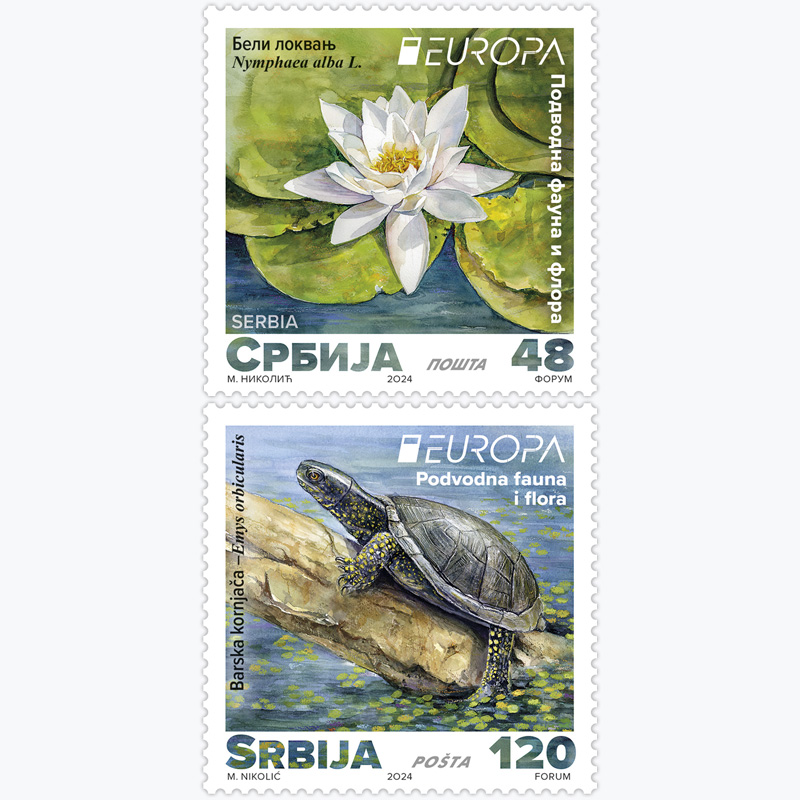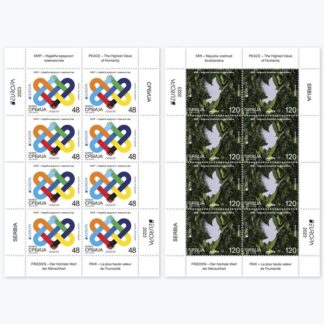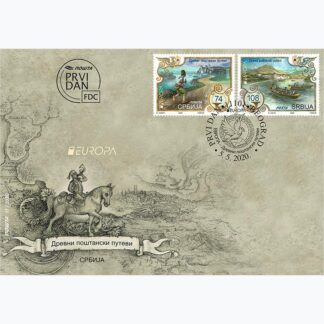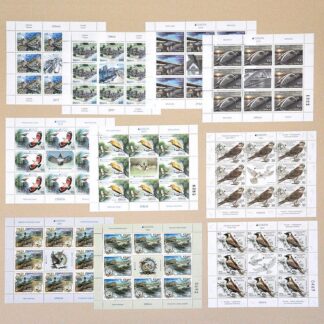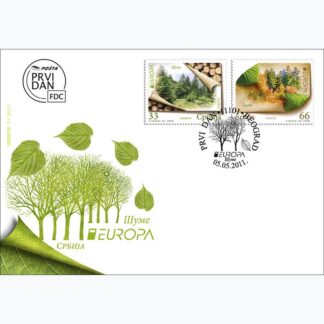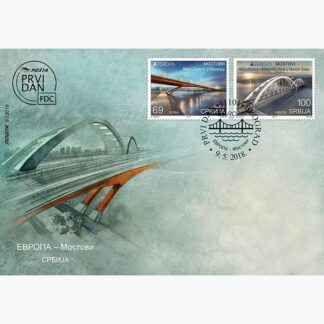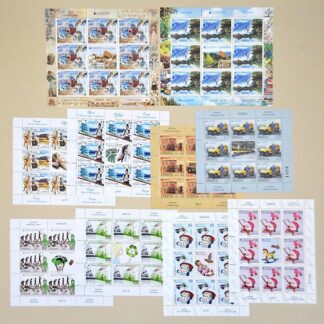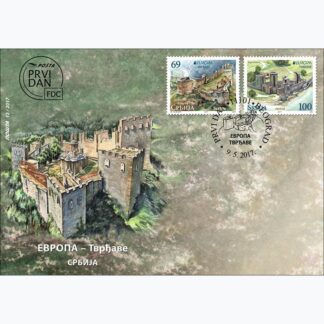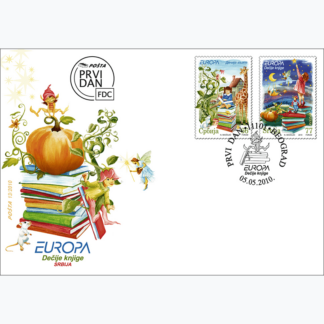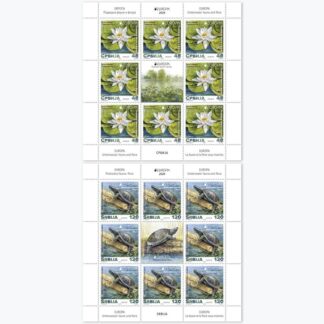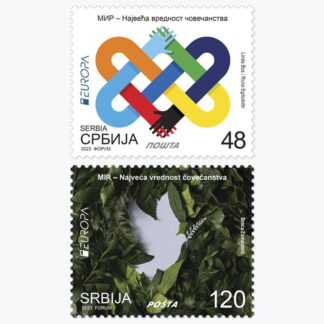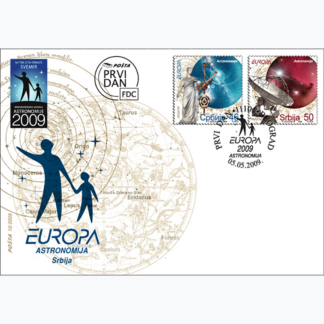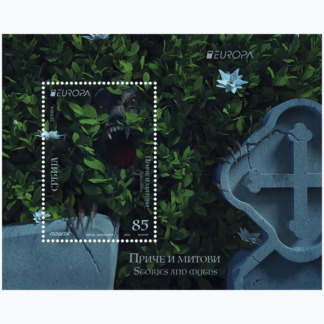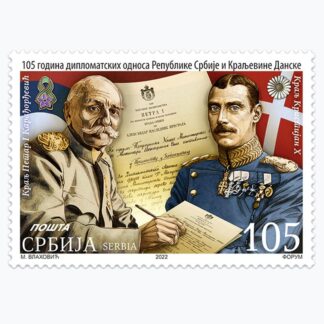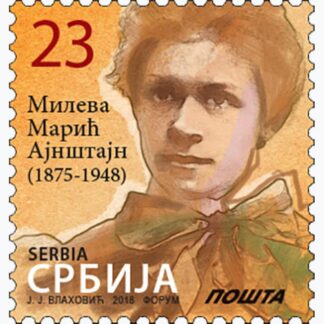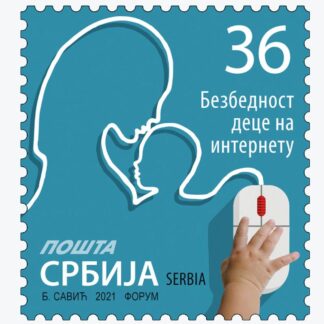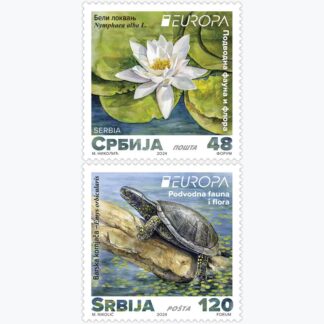Description
White Water-lily – Nymphaea alba L.
White water-lily belongs to the water-lily family (Nymphaeaceae) and a group of aquatic plants called hydrophytes. Water-lily is a perennial, herbaceous, rooted plant, the rhizome of which is placed horizontally and is located in the mud. The leaves are large, round with a deep cut, on long petioles, and can be submerged or float on the surface of the water. The face of the leaf is shiny, with a thick layer of cuticle that protects it from water retention and rotting. The shiny surface of the leaf reflects the sun´s rays, so that excessive temperature does not occur on the surface of the leaf. The flowers are above the surface of the water, large and individual, white, sometimes pink. The plant blooms from June to September.
Water-lilies inhabit stagnant and slow-flowing waters, such as ponds, moors, along rivers and canals. In the world, within this family, there are 8 genera with about 70 taxa, of which two genera (Nymphaea L. and Nuphar Sm.) are present in Serbia with one species each – white water-lily (Nymphaea albaL.) and yellow water-lily (Nuphar lutea (L.) Sm.).
Барска корњача – Emys orbicularis
The European pond turtle belongs to the Emydidae family and it is the only species of water turtle native to the territory of Serbia. It inhabits all types of stagnant inland bodies of water with rich aquatic vegetation – ponds, puddles and lakes - where the soil is muddy and overgrown with plants. Its shell is of a regular oval shape, and its size varies from 15 to 38 cm. Adult females are larger than the males. The head of the European pond turtle is dark, sprinkled with yellow spots. The feet are webbed, the toes ending in long claws. The color of the shell ranges from dark brown to black sprinkled with yellowish dots in varying amounts. The European pond turtle is mainly a carnivore. It swims and dives well, and it can stay under water for several hours. It does not move far from its aquatic habitat during the day, and it undertakes larger land trips at night. It usually spends the winter hibernating buried in the mud at the bottom of the body of water it lives in.
Professional cooperation: Museum of Natural History in Belgrade, Ana Paunović, PhD, Museum Advisor, Uroš Buzurović, PhD, Senior Curator, Scientific Associate; Marjan Niketić, PhD, Museum Advisor, Corresponding Member of SASA
Artistic realisation: Miroslav Nikolić
